Should central banks favour the objective of financial stability or the objective of price stability? Results of a survey among academics and central bankers
In the aftermath of the Global Financial Crisis of 2007–2009, new macroprudential policy measures were gradually introduced worldwide aimed at mitigating or preventing future systemic risk and the recurrence of a crisis of a similar magnitude. In addition to the question of the macroeconomic impacts of tighter bank regulation, many economists have started to examine in more depth the interaction between macroprudential and monetary policy (external link). However, the institutional setup for macroprudential policy, i.e. whether it should be to integrate it into an existing institution, for example, a central bank, or whether to create a separate institution, has received significantly less attention. Nonetheless, the decision on the institutional arrangement of macroprudential and monetary policy may be crucial, with the choice of approach determining both the effective exchange of information and communication between the macroprudential and monetary policymakers and the coordination of the two policies. These aspects may not only affect the final macroeconomic impact, but may also have a significant impact on the credibility (external link) of the institution or institutions responsible for each of these policies.
While there are only a handful of empirical studies on this theme, their conclusions are crucial to further debate on the institutional setup of the two policies. Inadequate financial regulation and insufficiently effective supervision (external link) were identified as one of the factors that contributed to an increase in financial vulnerabilities before the GFC and ultimately deepened the overall economic downturn. This increase was higher in countries in which supervision is conducted by an independent institution outside the central bank.
One of the key questions even today is whether macroprudential policy should be conducted by a separate institution or whether it is more beneficial to society as a whole to integrate it “under one roof (external link)” together with monetary policy. To answer this question, it is also important to ask ourselves the following: Do macroprudential and monetary policy influence each other? Are monetary policy instruments effective in mitigating systemic risks? Is the coordination of these two policies desirable from an economic perspective? Should a central bank favour the objective of financial stability or the objective of price stability if – in a given situation – it is not possible to achieve both objectives at once?
How can we shed some light on these questions, thus providing a roadmap to the future coordination of the two policies? One of the options is to ask the experts in the field for their views. We did just that in April of this year. We invited academics and experts from central banks and other regulatory institutions to participate in a survey on this subject. In selecting suitable respondents, our aim was to obtain the opinions of both those who are familiar with the latest theoretical findings in the field, as well as of experts who have practical experience of the operation of the institutions concerned. Both of these camps are represented in the almost 400 questionnaires completed in the survey.
Should macroprudential and monetary policy be conducted by a single institution?
The institutional setup of macroprudential and monetary policies varies across countries. In some countries, such as Sweden, Finland and Australia, a separate institution conducts macroprudential policy. In others, including the Czech Republic, the central bank is responsible for conducting both policies. Even in those central banks which integrate macroprudential and monetary policy, the two functions are separate, with each often pursuing only one specific objective – financial stability in the case of macroprudential policy and price stability in the case of monetary policy. Therefore, questions regarding the coordination of the two policies arise not only in countries where each of the policies is conducted by a different institution, but also in those countries where both policies are integrated within the central bank.
The experts who responded to the questionnaire in our survey – academics, central bankers and supervision and financial regulation professionals – have strong views on the institutional setup of macroprudential and monetary policy. The vast majority of them acknowledge the significant benefits of a central bank conducting both policies (see Figure 1a). Almost 45% of respondents state that the benefits of integrating the policies “under one roof” significantly outweigh the potential costs. A further 33% state that the benefits somewhat outweigh the costs. Only about 14% expect that the potential costs may outweigh the benefits of this integration, either significantly (4%) or somewhat (10%).
Figure 1a – Should the central bank conduct both monetary policy and macroprudential policy?
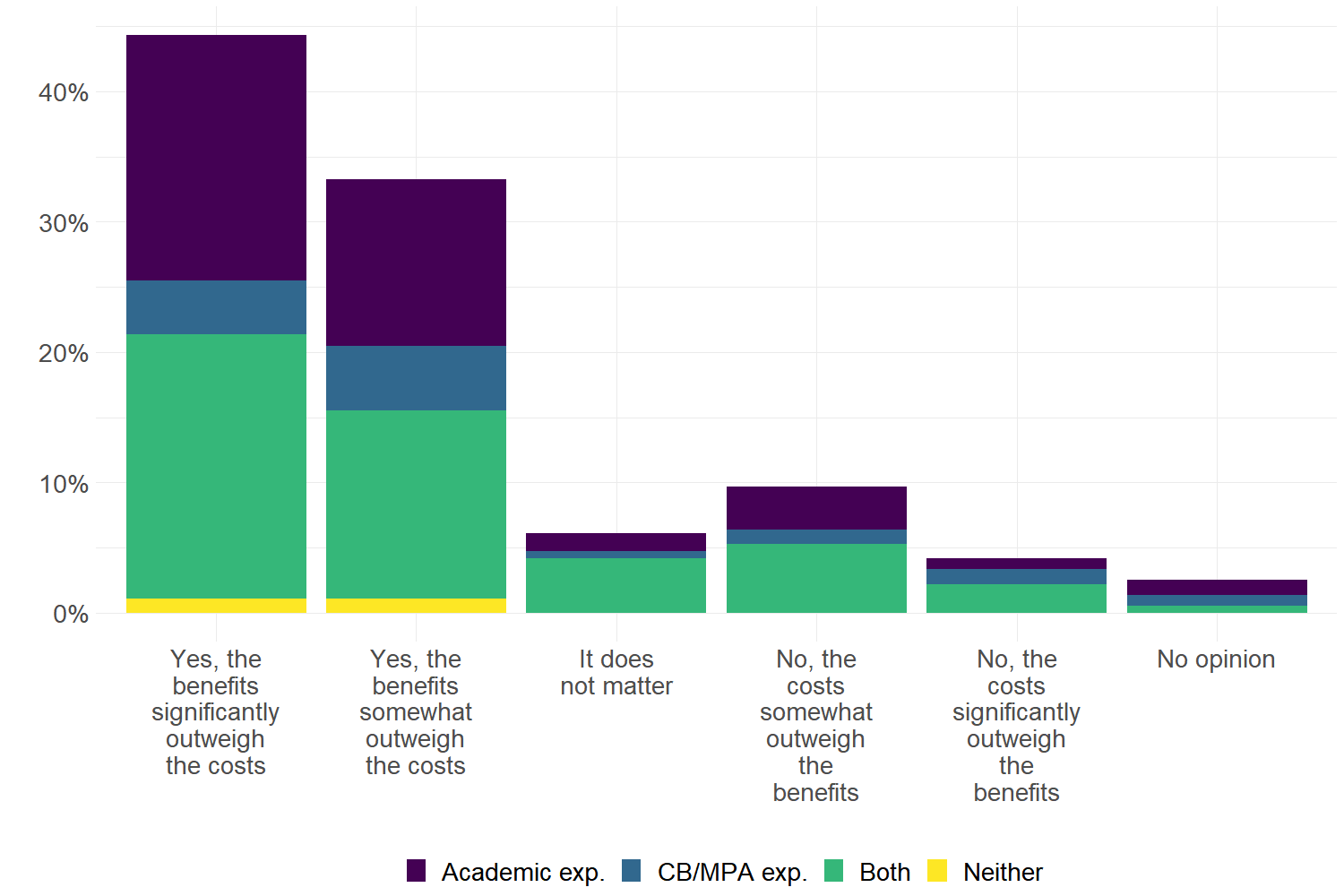
Figure 1b – Do you consider monetary policy measures effective in mitigating existing systemic risks?
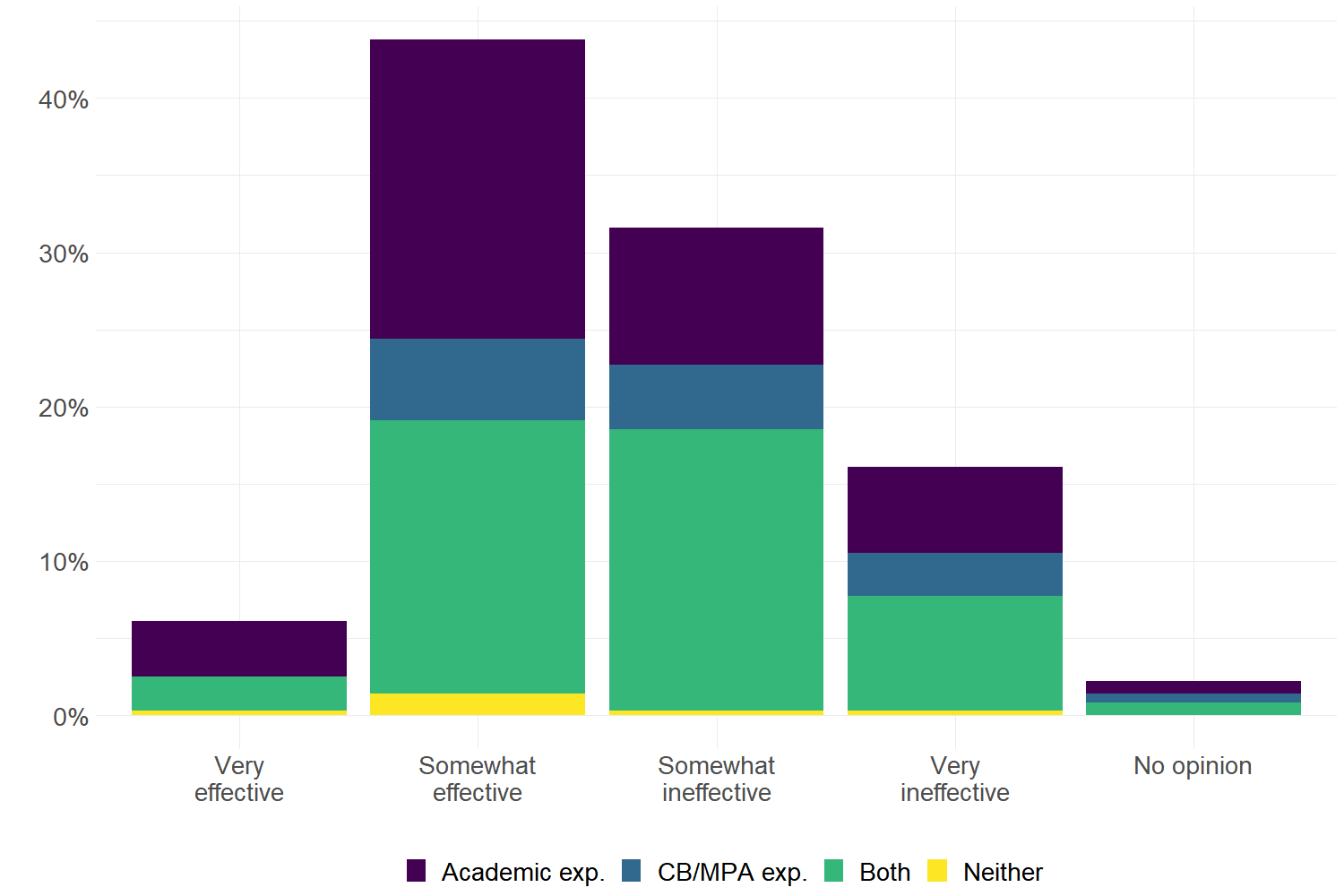
Note: Academic exp. – respondents with professional experience gained in academia; CB/MPI exp. – respondents with professional experience gained in a central bank and/or macroprudential institution; both – respondents with professional experience gained in both areas; neither – respondents with professional experience gained outside academia, a central bank or macroprudential institution.
Should macroprudential and monetary policy be coordinated?
In response to the Global Financial Crisis, the prevailing view among economists was that price stability alone is not sufficient to maintain financial stability. In this context, there has been renewed discussion about whether the central bank should also take risks to financial stability into account (external link) in setting its monetary policy. Many economists will probably agree that this is the right approach in certain situations but will have doubts about whether a relatively small increase in monetary policy rates can be effective in curbing an increase in systemic risk.
The same level of disagreement can be seen among the respondents in our survey. About 45% consider monetary policy measures to be somewhat effective and a further 6% very effective in mitigating existing systemic risks. Conversely, 32% of respondents consider monetary policy measures to be somewhat ineffective in mitigating existing systemic risks and 16% of respondents even regard monetary policy as being very ineffective in this pursuit (see Figure 1b). Both camps have a fairly similar share of votes. The results of the survey thus confirm that experts have yet to reach a consensus on this matter.
However, a clear consensus has already been reached on policy coordination and the spillover between the two. An outstanding 98% of all respondents admit that macroprudential and monetary policy influence each other, while 90% considers the coordination of the two policies desirable, regardless of the institutional arrangement (see Figure 2a and Figure 2b). These opinions are consistent among academics and professionals from central banks and other regulatory institutions. The need for such coordination stems from the observation that monetary and macroprudential policy tools are not independent, as they affect both the monetary and credit conditions via their effect on asset prices, credit growth and financial risk-taking.
Figure 2a – Do macroprudential policy measures and monetary policy measures influence each other?
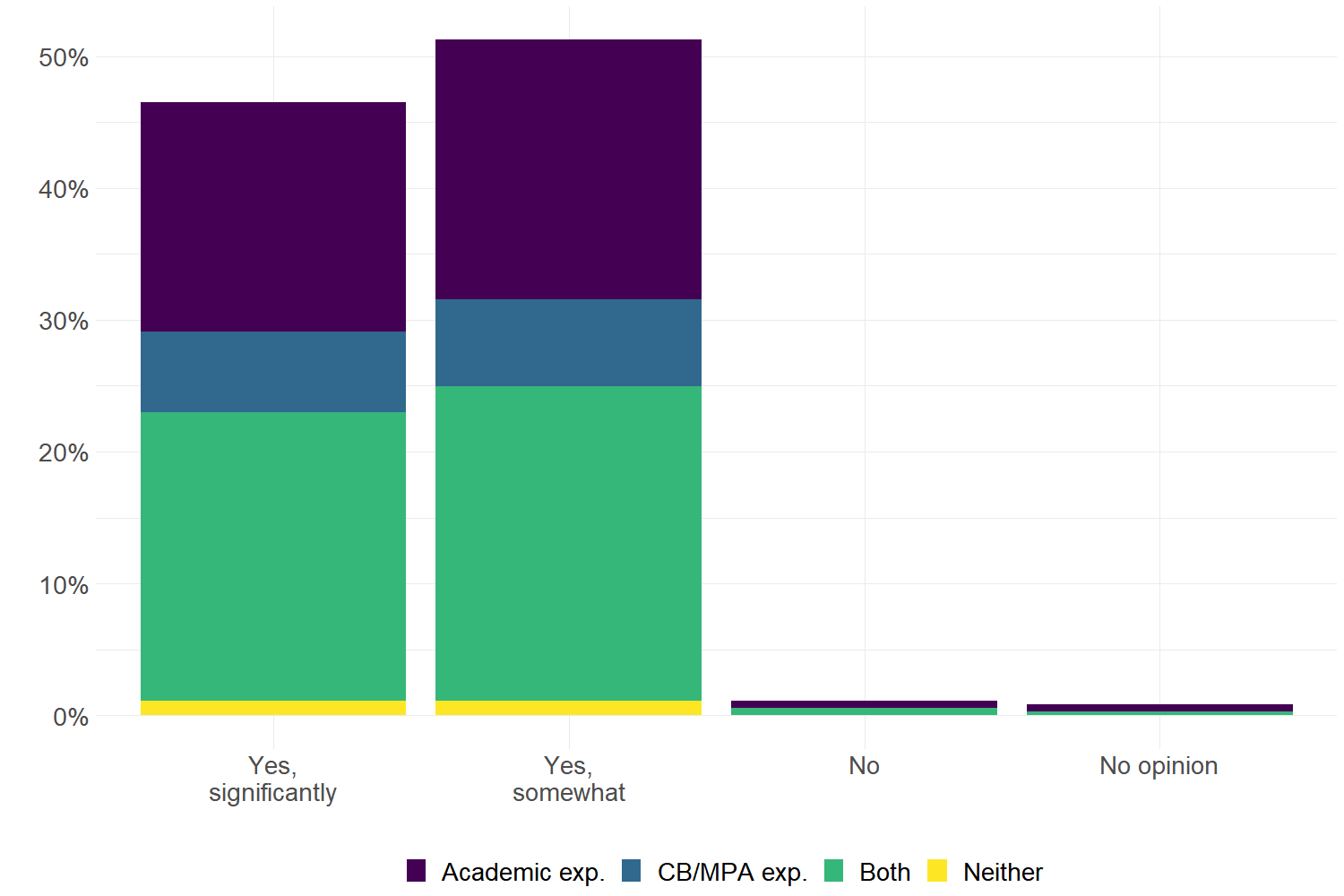
Figure 2b – Is the coordination of macroprudential and monetary policy desirable for the economy, regardless of the institutional arrangement?
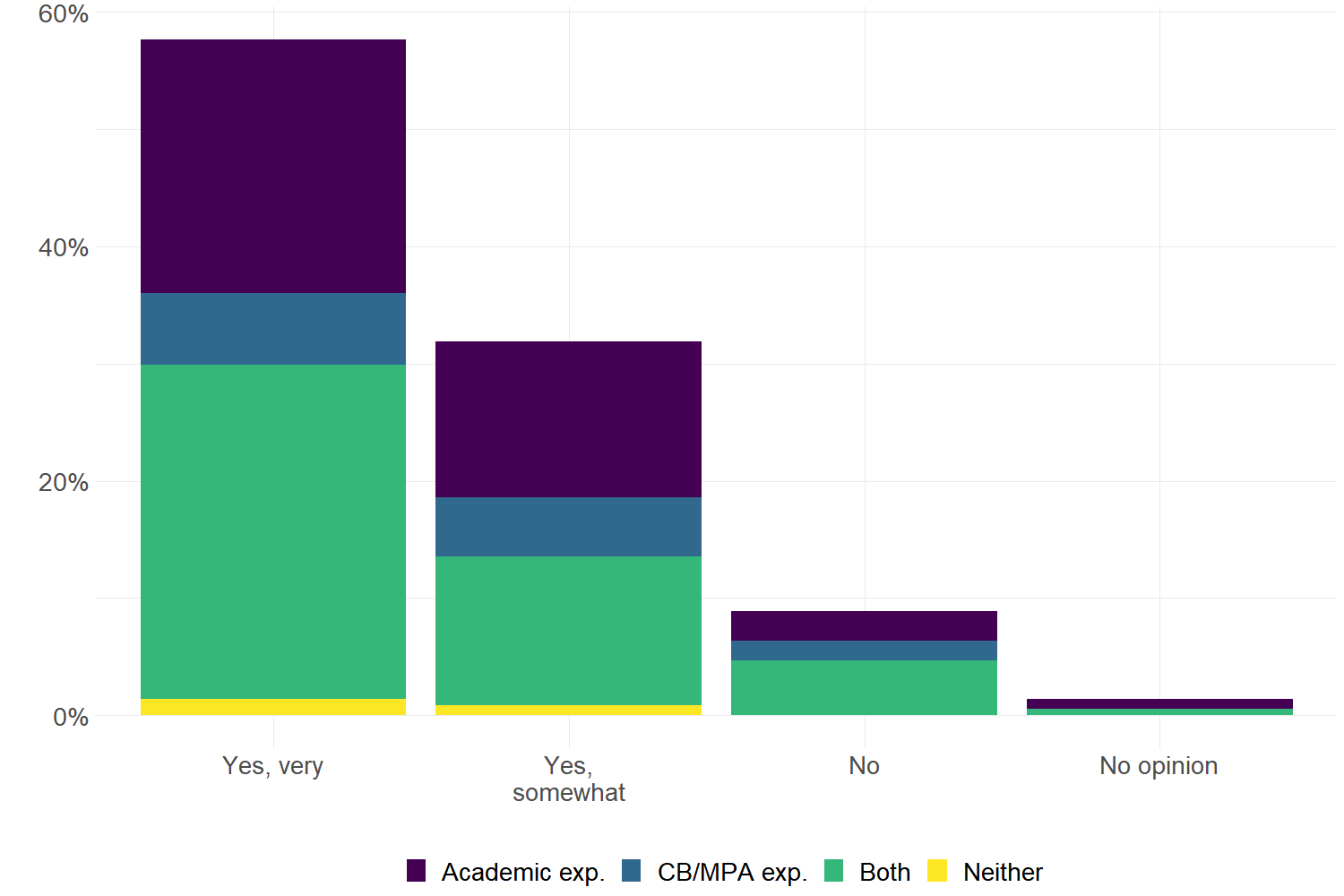
Note: Academic exp. – respondents with professional experience gained in academia; CB/MPI exp. – respondents with professional experience gained in a central bank and/or macroprudential institution; both – respondents with professional experience gained in both areas; neither – respondents with professional experience gained outside academia, a central bank or macroprudential institution.
An environment of sustained low interest rates and a conflict between achieving the objectives of financial stability and price stability
Intensive debate has escalated in recent years in many advanced economies on the implications of sustained low interest rates through highly accommodative monetary policy. Many studies warn against the unintended adverse effects of a low interest rate environment (LIRE), which could lead to poor risk assessment and an increase in the vulnerability of financial systems. An increase in financial vulnerability usually only becomes apparent when the economy is hit by an adverse shock. Its impact may therefore be considerably amplified and manifest itself in a deeper economic recession or even in a crisis.
The majority of respondents in our survey are of a very similar opinion. More than 50% state that a LIRE contributes to a build-up of financial imbalances in both the short and the long term. A further 23% consider a LIRE to be harmful only in the long term, while 11% consider it harmful only in the short term. Altogether, 85% of respondents consider a LIRE to be dangerous for the financial system. Only about 9% state that a LIRE does not contribute to a build-up of financial imbalances and the remaining 6% does not have a definite opinion on this matter.
Figure 3a – Does a low interest rate environment contribute to a build-up of financial imbalances?
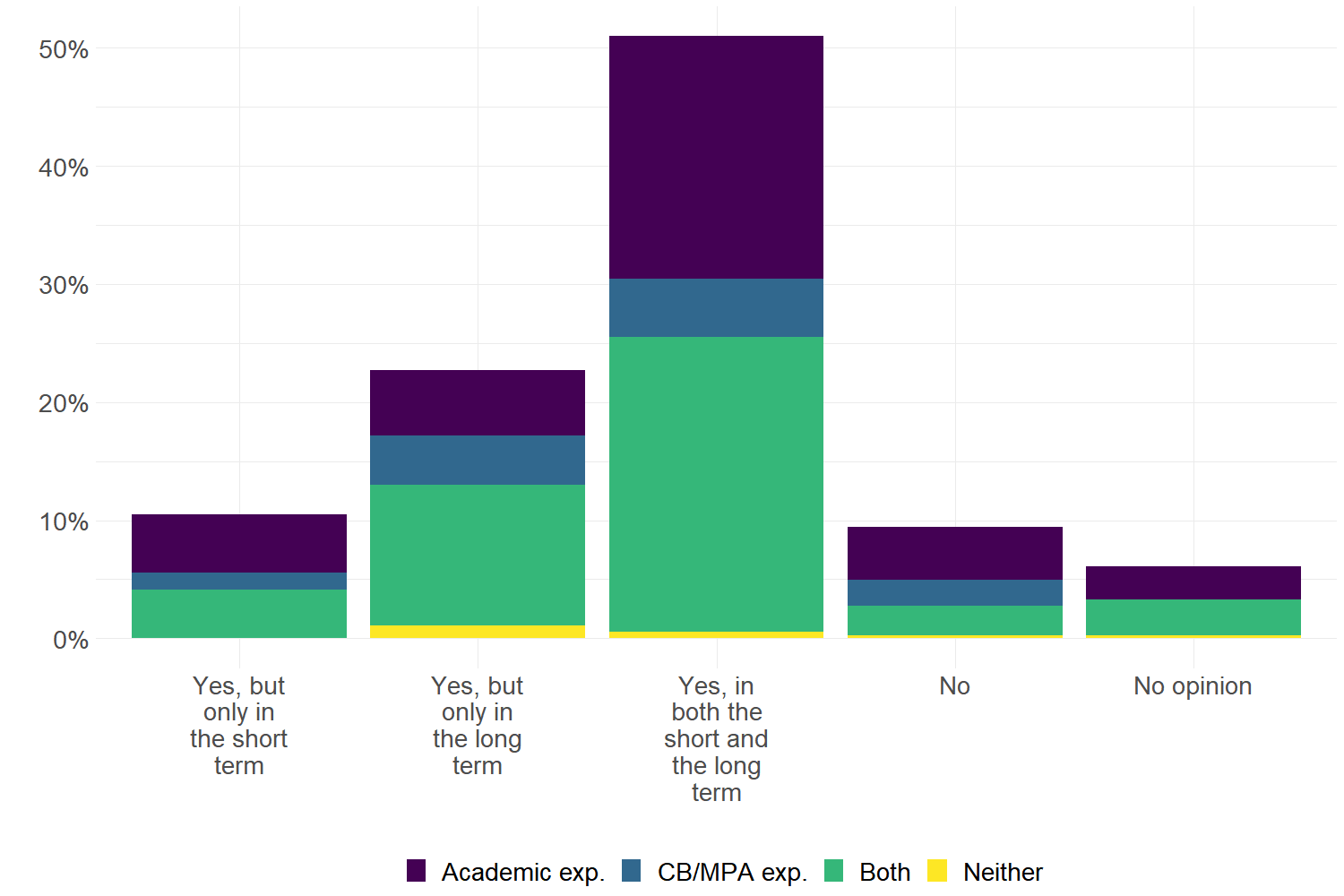
Figure 3b – If there is a conflict between achieving price stability and financial stability, should a central bank favour one of the two?
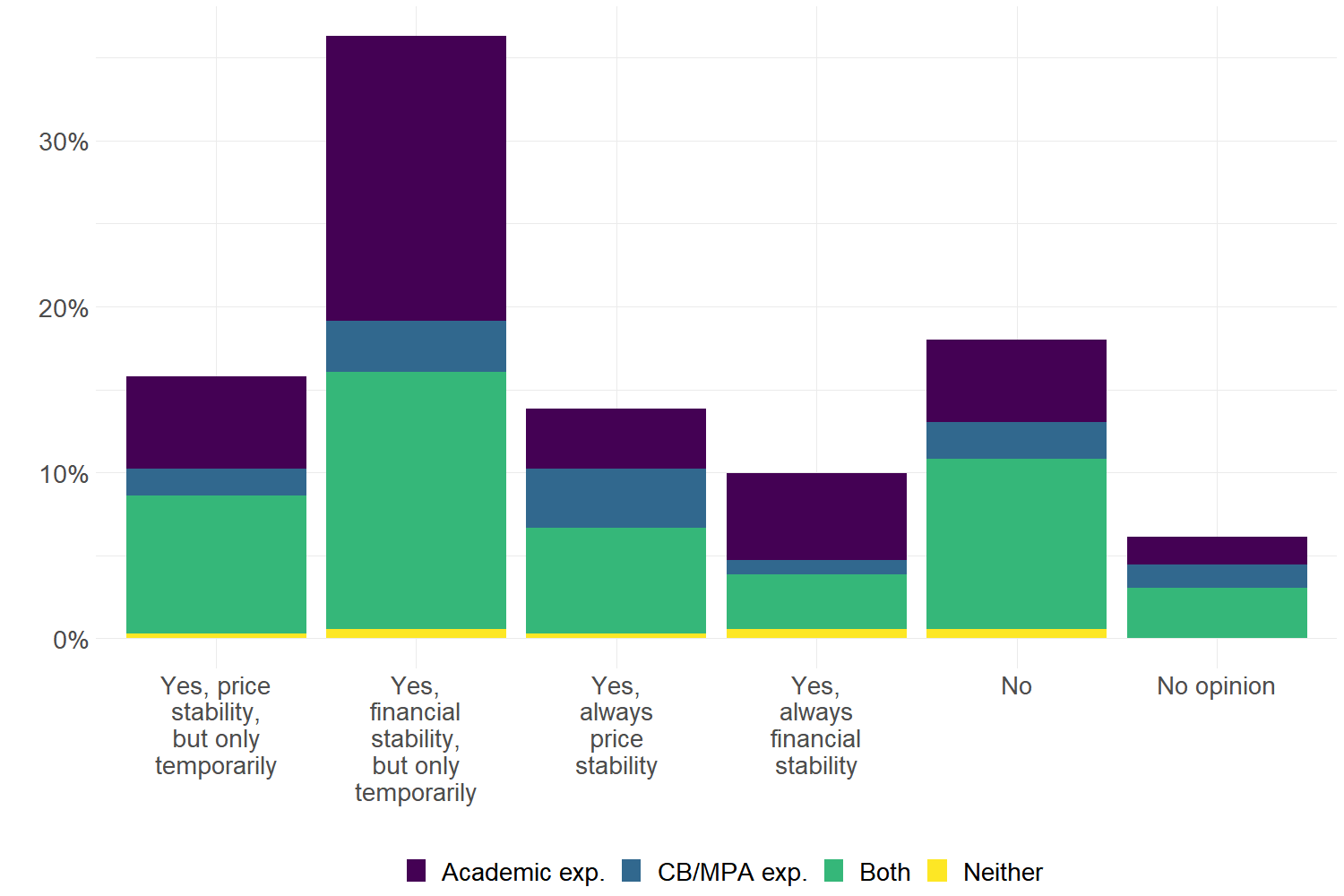
Note: Academic exp. – respondents with professional experience gained in academia; CB/MPI exp. – respondents with professional experience gained in a central bank and/or macroprudential institution; both – respondents with professional experience gained in both areas; neither – respondents with professional experience gained outside academia, a central bank or macroprudential institution.
From a conceptual perspective, there is no doubt about the need to coordinate the two policies. From a practical point of view, however, such coordination can be very difficult due to different probabilities of failure to fulfil the two main objectives (external link) – financial stability and price. Systemic risk usually has the potential to materialise in the medium-to-long term, while the risk of missing the inflation target can be more immediate. In such a case, the central bank usually prefers to meet the objective of price stability, while the objective of financial stability would only be favoured if the risk of a future financial crisis has exceeded a critical level. However, this is very difficult to predict sufficiently in advance, and paradoxically it can be less costly to act more cautiously and in a more preventative manner than too late and in a more repressive manner.
Almost 50% of respondents in our survey hold a similar view. More than 36% state that, in the event of a conflict between achieving the objective of financial stability and the objective of price stability, financial stability should be favoured temporarily. A further 10% are of the view that financial stability should always be favoured. On the contrary, about 30% would favour price stability, either temporarily (16%), or always (14%). Almost 18% believe that neither objective should be favoured if there is a conflict between the two.
Conclusion
Many economists are likely to agree that the best outcomes can be achieved if the two policies are used in a complementary manner and work in the same direction. However, there may be situations where they come into conflict due to the need to act in the opposite direction. This makes it necessary to analyse their interactions (external link) and to coordinate them. However, there is still a consensus among central bankers that the use of macroprudential policy tools is the primary and preferred way of preventing increased financial sector vulnerability. Monetary policy tools have been used only rarely for this purpose, primarily during credit booms, which have already started, accompanied by a rapid growth in asset prices. Nevertheless, the role of financial stability in monetary policy setting is also being increasingly discussed by central banks, such as the Bank of Canada (external link) or the European Central Bank (external link), during the regular reviews of their monetary policy frameworks.